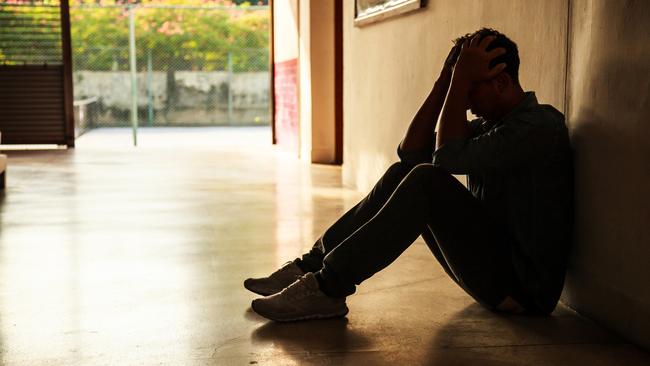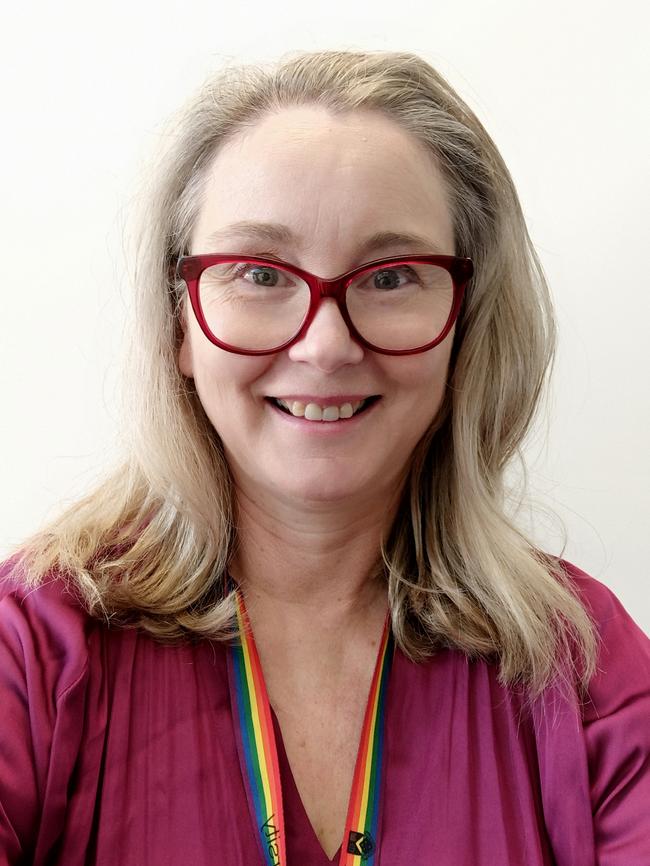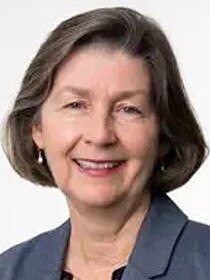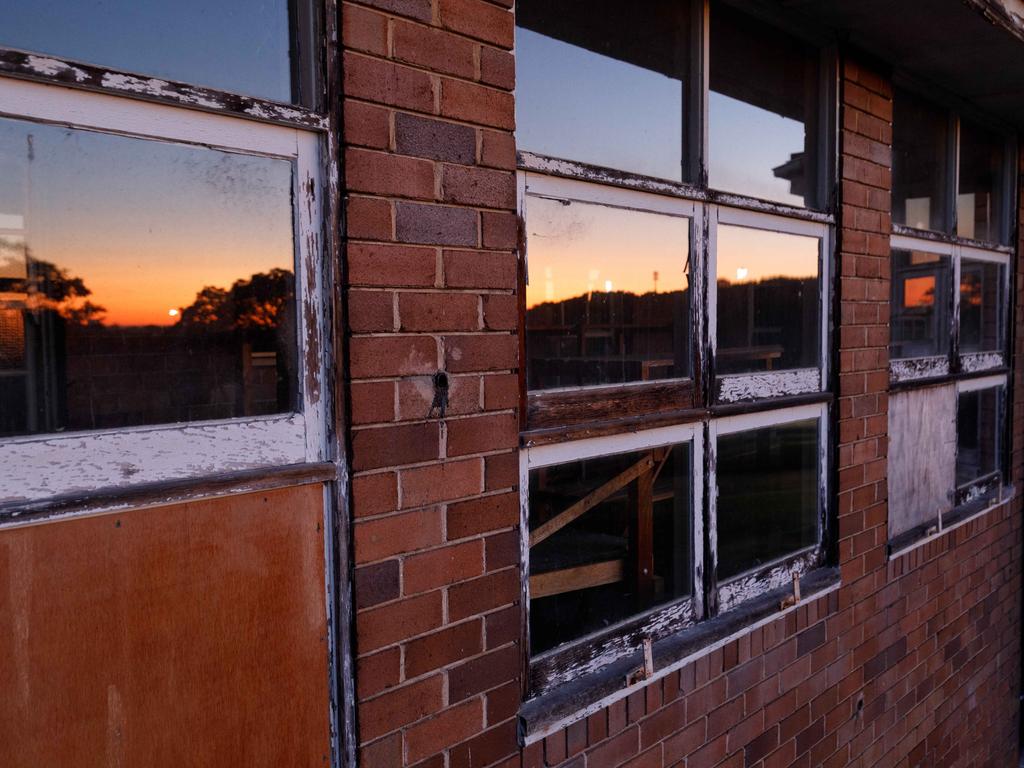Telehealth, subsidised appointments left poor areas under-resourced in pandemic mental health care
‘Unintended consequences’ of pandemic health policy left inequality in psychiatry access at their highest since 2015, research shows, with declining care hitting low-income households hardest.

Telehealth consults intended to meet a wave of pandemic-related mental health crises instead brought a decade-high level of inequality, “taking resources” from those who could least afford it during Covid lockdowns.
When many Australians were left isolated and distressed, psychiatric consultations spiked. A study by Monash University found the subsequent decline in consultations was far from equitable as restrictions lessened.
The most disadvantaged parts of the country recorded a drop-off at least four times higher than wealthier counterparts, with 15.9 per cent fewer appointments between FY21 and FY22, compared to declines of 1 to 4 per cent in more affluent areas.
The study, published in the peer-reviewed International Journal of Social Psychiatry, looked at seven years of Medicare access data from 2015 to 2022 split across 321 regions nationally, indicating the end of the pandemic marked the greatest period of psychiatric health inequality on their records. Access to care became more disproportionately concentrated among wealthier populations by around 5 per cent.
The disparity was laid bare in Sydney’s western suburbs, including Auburn, Mount Druitt and Fairfield. Across the three regions daily psychiatric appointments per 100,000 people fell from 19 to 16, 23 to 20 and 23 to 21, respectively, between FY21 and FY22.
This compared to the affluent, more metropolitan areas of Ku-ring-gai and the eastern suburbs which respectively saw small drops of 104 to 102 consultations and 99 to 98 per day per 100,000. Leichhardt saw no decline, holding at 112 over both years.
Biostatistician Joanne Enticott, Monash’s head of Mental Health Epidemiology Research, said many of the issues low-income households faced in accessing mental health care were the “unintended consequences of policy”, singling out the telehealth push and an increase in Medicare subsidised mental health consultations during Covid which allowed patients to get 10 free sessions through the Better Access program, rather than six.
“It sounds like a good thing to have happened – people get access to more, but what we saw was that those opportunities were taken up more by people who came from the more affluent areas,” Associate Professor Enticott said.


“We don’t have an infinite number of psychiatrists, so if you’re able to access more sessions … it leaves them with less capacity to see someone new.”
Even compared to the rest of the health system, mental healthcare faces stark inequities in access, despite the efforts of successive governments, because of its greater reliance on primary care services such as clinical psychiatrists and psychologists, or GPs. These services require gap fees, where Medicare repays only a section of consultation costs, or requires a patient to front up the price of service before it can be rebated.
“When we went from face-to-face services to telehealth, that also sounds like a really good policy decision, because it was the pandemic … it was necessary, and we all thought it would address access issues,” Associate Professor Enticott said.
“We initially thought it would … help to reduce inequity, but what we saw in the national data is actually the opposite occurred.”
The Coalition has promised to reinstate increased Better Access consultations per capita at the next election, despite criticisms from health groups it would repeat the “bottlenecked” access seen in the pandemic.
Royal Australian and New Zealand College of Psychiatrists president Elizabeth Moore said telehealth remained helpful in providing care to certain populations, including veterans and regional patients, yet agreed health resourcing was fundamentally flawed.
“Already before the pandemic we were flagging to government that there was an inequality of access,” Dr Moore said.
“There were issues with access and so one of the things that we suggested to the government is looking at how much gap payments were.
“I would say that what we hear still from people is that it is still challenging to access services and it’s challenging to manage complex cases.”
In December, a joint investigation by The Australian and the Australian National University found Australian hospitals were short more than 10,000 mental health beds, a shortage costing taxpayers $4.7bn a year.
Australia’s leading youth mental health service, headspace, is also under strain, with a study by the University of Sydney finding it was “a victim of its own success”, having become so overloaded with cases that only one-third of patients were improving after receiving care, with the rest seeing no improvement or further deterioration.
Nationwide access issues have been underlined by woes across various state health systems, namely in NSW where a vast majority of the workforce has resigned over pay disputes. The dispute between the state government and its doctors will go before the Industrial Relations Commission on March 17.
The Monash research showed uptake had risen much higher in rural areas than urban areas between 2015 and 2022, at respective rates of 22.8 and 8.9 per cent.
The disparity at the pandemic’s end marked a departure from this, and care has consistently been more accessible in urban centres regardless.







To join the conversation, please log in. Don't have an account? Register
Join the conversation, you are commenting as Logout